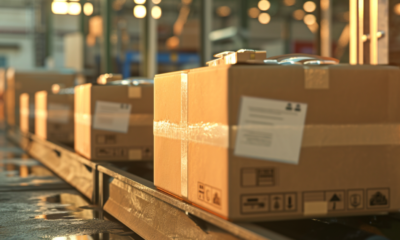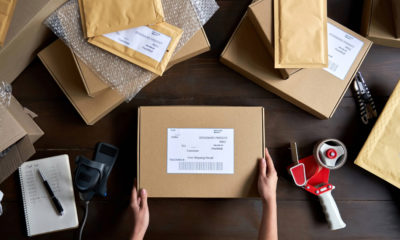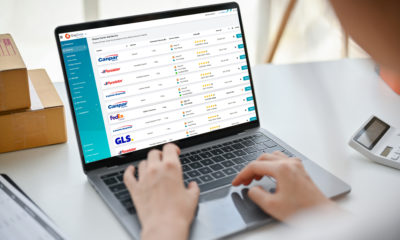Shipping can pose a point of contention for any e-commerce or small business, specifically when it comes to shipping costs. Impacting both business operations and the consumer, shipping costs serve as a foundation for your success. In fact, according to Shopify, the leading cause of cart abandonment is because “shipping and handling costs were too high.”
Though offering free shipping may not be a reality for most small businesses, there are means for driving down your shipping costs. Moreover, consumers do appreciate fast and/or free shipping at certain price points. So offering shipping options for their specific needs is beneficial.
How does shipment tracking work?
Regardless of how you send your shipments, most shipping services offer a tracking option. And whether you’re shipping across town or across the globe, this tracking option electronically relays the package location. Every time your package is loaded, unloaded or delivered to a location, there is an electronic reading indicating its geographic whereabouts.
But this isn’t magic. Every electronic reading is courtesy of the barcode affixed to the package. Every person through the delivery chain is armed with a barcode scanner, including package handlers, loaders and delivery drivers. They scan the code and the location is electronically logged for your reference and peace of mind.
Why is tracking sometimes inaccurate?
Have you ever been tracking a shipment to see it was at a hub facility in Manitoba, there have been no tracking updates in 5 days, and the next thing you know it’s being delivered to the destination in British Columbia? Or the tracking indicates the package in question is in California when, in reality, it’s on your desk in Nova Scotia?
Most of the time, these inaccuracies can be blamed on human error. Sometimes packages are affixed with the wrong barcode or one of the many barcode slingers failed to properly scan the code. When you add a human element as a variable, there is bound to be some degree of variance.
Should you get insurance for your shipment?
When it comes to insuring your shipment, there are a number of factors to consider. According to Staples, certain carriers automatically provide insurance up to a certain dollar amount. But if the item you’re sending is worth more than this coverage, you will want to get the additional insurance. There are also third-party insurers who will provide coverage at a lower cost.
Learn what insurance coverage your carrier automatically provides. You obviously want to protect your loyal customers’ purchase and your reputation, but do research and ask questions before spending additional money on insurance. It may not be necessary.
When is the recipient’s signature required?
Most carriers provide the sender the option to require a recipient signature. Effectively, this means the carrier will never leave the package at the door without making contact with a recipient at the address. This is mutually beneficial to the security of the transaction.
But as a sender, you should know this is an option you have to select in order to protect your asset. Otherwise, a carrier may determine a parcel doesn’t need a signature and its security won’t be guaranteed.
Many of your concerns and headaches can be laid to rest with third party delivery solutions. They cover all your bases to make sure your package is efficiently tracked and safely delivered. Organizations such as Shiptime.com work in conjunction with express courier providers and special loyalty programs. They take care of all the details with turn-key and fully supported programs.
Learn more here.


 By ShipTime
By ShipTime


